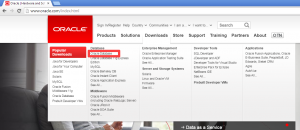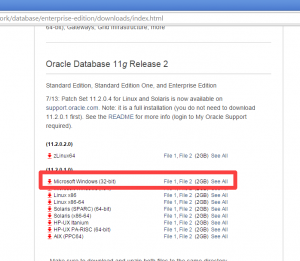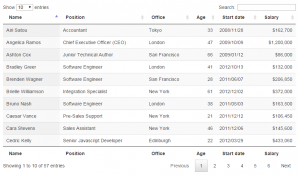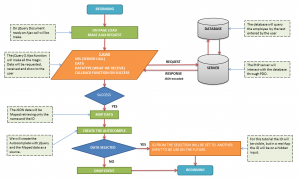Hey guys, I have received many visits on the site about people searching for PHP and Javascript stuff and I appreciate your visits for this reason I also would like to expand the same knowledge but apply to an awesome framework that is WordPress.
Quoting Wikipedia:
WordPress is a free and open-source tool and a content management system (CMS) based on PHP and MySQL.
Features include a plugin architecture and a template system. WordPress was used by more than 23.3% of the top 10 million websites as of January 2015. WordPress is the most popular blogging system in use on the Web, at more than 60 million websites.
It was first released on May 27, 2003, by its founders, Matt Mullenweg[1] and Mike Little, as a fork of b2/cafelog. The license under which WordPress software is released is the GPLv2 (or later) from the Free Software Foundation.










